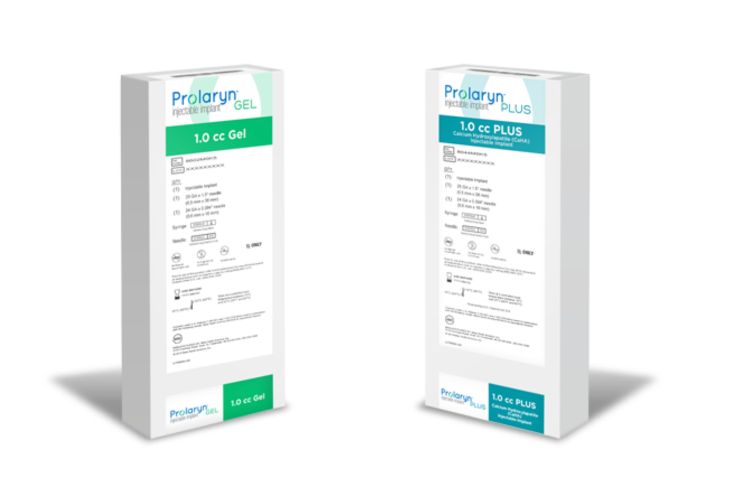
Neurology
Regaining control.


Neurology is a broad field and it deals with the diagnosis and treatment of disorders of the nervous system. Some diseases of the muscular system also belong to the field of neurology.
The nervous system is a very complex, highly specialized network of sensory and motor neurons and comprises the central nervous system (CNS) and the peripheral nervous system (PNS). It facilitates communication between all parts of the body and coordinates essential functions of the body’s response to both internal and external stimuli, thus enabling us to perform voluntary and involuntary actions (voluntary e.g. body movements and involuntary e.g. gland activation).
Since neurological diseases can affect all areas of the body, their symptoms are extremely variable. Many different factors can cause a neurological disease – infections, autoimmune diseases or dysfunction due to stroke and/or traumatic brain injury are just a few examples.
Neurological disorders or neurological deficits can cause considerable disturbances in movement control and lead to severe limitations in patients’ everyday way of life. Therefore, it is important to treat neurological disorders as early as possible. Although some neurological disorders are curable, others are not. However, it is often possible to positively influence or reduce the course and symptoms of a disorder through treatment.
With our therapeutic drugs, we at Merz Therapeutics wish to contribute to improving the quality of life of patients with neurological disorders such as dystonia, spasticity, sialorrhea, Alzheimer’s disease, Parkinson’s disease and vigilance and drive disorders.
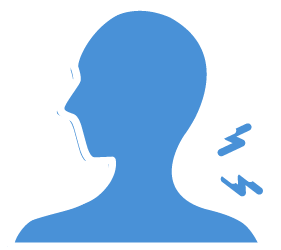
Dystonia
Dystonia is a neurological movement disorder characterized by involuntary muscle overactivity resulting in abnormal posture. There are patients with dystonia in every age group, whereas the disorder may appear in various forms and can affect different body parts. The causes of dystonia are not fully known. While an involvement of movement control centers is obvious, the cause might be found in various regions. It could originate, for example, in the cerebral cortex, basal ganglia, pyramidal tracts, or the medulla oblongata.
Characteristic symptoms are involuntary muscle spasms that trigger unusual body posture and movements. They can occur in different body parts, often in muscle groups of the head, neck, arms or legs. Dystonia is often focal, i.e. limited to one region of the body, such as eyelid spasm (blepharospasm) or a rotated neck (torticollis).
Spasticity
Spasticity is derived from the Greek word spasmós, meaning cramp. Damage to parts of the central nervous system (CNS) that control muscle activity can lead to spasms. This damage can arise from injury such as from traumatic brain or spinal cord injury. A medical condition such as a stroke, multiple sclerosis, cerebral palsy, a brain tumor, or brain damage that may be caused by oxygen deficiency, encephalitis or meningitis.
From a medical perspective, spasticity is a pathological increase in muscle tension. The hypertonicity in muscles leads to a permanent hardening and stiffening, known as spasticity. The degree of spasticity varies in terms of severity, as well as the accompanying symptoms. This is related to the areas of the CNS which are affected and to what extent. Symptoms are associated with functional impairments (e.g. hand function), restrictions in mobility, as well as limitations in everyday activities and quality of life.
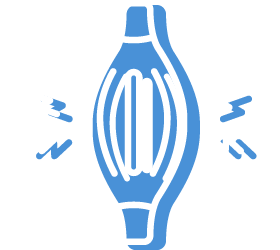

Sialorrhea
Sialorrhea is defined as an uncontrolled excess of saliva due to an inability to clear the saliva from the mouth and/or increased saliva production (hypersalivation), resulting in constant drooling. Sialorrhea can cause the development of skin infections and rashes up to potentially life-threatening pulmonary infections (aspiration pneumonia). Furthermore, it can greatly impact quality of life in patients with neurological disorders such as Parkinson’s disease, stroke, traumatic brain injury and atypical parkinsonism. Affected individuals often feel embarrassed, which leads to isolation, anxiety, depression and self-disgust. Despite this, sialorrhea is underdiagnosed and undertreated.
Botulinum neurotoxin
Botulinum neurotoxin is a very complex substance produced by bacteria. Botulinum neurotoxin attaches itself exclusively to nerve cells that activate the muscular system or specific glands – effectively and accurately blocking an overactive muscle or gland. The effect is reversible after a certain period of time (depending on dosage and injection location), so that repetition of the injection is typically necessary.

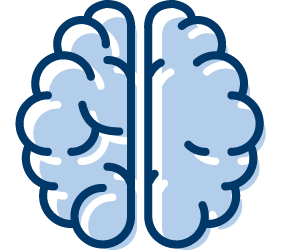
Alzheimer’s disease
Dementia places a heavy burden on patients and their family members. The most common form of dementia is caused by Alzheimer’s disease. Patients depend on assistance from others to carry out everyday tasks.
The causes of the disease are varied and not yet fully understood. The pathogenesis is characterized by nerve cells in the brain beginning to lose their ability to function, which has an impact on memory and thinking processes, leading to typical symptoms such as memory loss or confusion. In the course of time, functional losses are initially limited, but as the disease progresses, some processes may eventually cease to function at all. Glutamate is an important amino acid, known to play an important role in the signaling of brain cells and in both the development and treatment of Alzheimer’s disease.
Memantine
In the treatment of moderate to severe Alzheimer’s disease, non-pharmacological and pharmacological therapeutic measures can be applied. Medication such as antidementives and antidepressants can be used, particularly in the early and middle stages in order to maintain memory performance for as long as possible and alleviate accompanying symptoms. Memantine is a clinically proven and evidence-based NMDA antagonist, which aims to improve and maintain the transmission of nerve signals in the brain and thus stimulate learning processes and memory building.
Parkinson’s disease, vigilance and drive disorders
Parkinson’s disease is one of the most common diseases of the central nervous system (CNS). There are typical main symptoms such as tremor (shaking), bradykinesia (slow movement), rigor (stiffness), and postural instability. They differ in severity in each patient, often begin unilaterally, and can develop at different rates.
Parkinson’s disease is caused by an imbalance of neurotransmitters in the CNS. Cells that produce the substance dopamine gradually die as the disease progresses. The resulting lack of dopamine leads to a relative excess of glutamate. A consequence of the disturbed balance of neurotransmitters is an impairment of movement control. Furthermore, patients can suffer from accompanying symptoms such as sialorrhea.
However, with early diagnosis and treatment tailored to individual needs, it is possible to alleviate symptoms and significantly improve quality of life. Amantadine, as a glutamate antagonist, compensates the neurotransmitter imbalance in the brain of Parkinson patients.
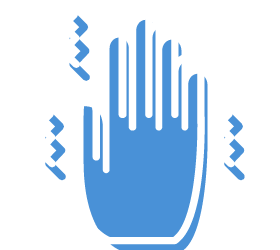
Amantadine
Amantadine in Parkinson’s Disease and related dyskinesias
The treatment of Parkinson’s disease aims to maintain patients’ independence in the family, work and society for as long as possible. Restoring a patient’s quality of life is achieved by preventing the need for care and avoiding concomitant diseases and further complications.
Therapy options aim to reduce the glutamatergic predominance and to improve Parkinson’s disease symptoms in the long term. Furthermore, the prophylaxis and therapy of dyskinesia throughout all stages of Parkinson’s disease (L-dopa-induced dyskinesia) should be focused during treatment. In clinical practice, the amantadine tablets with a dopamine-agonistic effect represent a possible (mono) therapy option for the early phase of Parkinson’s.
Amantadine for vigilance and drive disorders
Amantadine – as an established dopamine agonist – can support neurological function in vigilance and drive disorders. As an infusion, amantadine is considered an adjunct to standard treatment for patients with moderate to severe traumatic brain injury and disorders of consciousness to enhance cognitive function, concentration, processing time, psychomotor speed, and decreased fatigue. Other concomitant conditions resulting from severe traumatic brain injury such as spasticity also require further treatment.
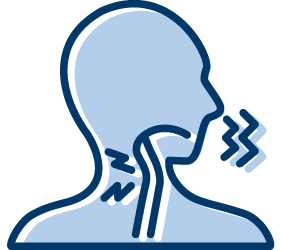
Vocal fold insufficiency
When vocal cords cannot close completely, patients suffer from vocal fold insufficiency. It is a frequent underlying cause of dysphonia, the impairment of the vocal part of the articulation. However, vocal fold insufficiency is often overlooked as a cause and this under-recognition may prevent some patients from getting appropriate treatment for their vocal fold insufficiency.
Specific types of this disease include paralysis of one or both vocal folds due to nerve injury, tumors or neurological disorders such as Parkinson’s disease – in fact, more than 70 % of patients with Parkinson’s disease experience dysphonia characterized by weak and breathy voice formation (phonation) and speech abnormalities (dysarthria). Further causes include paresis (partial paralysis) of one or both vocal folds or atrophy due to age, disease or medications.
Appropriate treatment options for dysphonia, include voice therapy and education to to improve behavior-related phonatory problems – for example reduced voice volume in Parkinson’s disease. Appropriate treatment options for vocal fold insufficiency can include temporary injectable implants.
Prolaryn
Merz Therapeutics seeks to help patients suffering from vocal fold insufficiency improve their treatment outcomes with two types of injectable implants, which help the vocal folds meet each other (and so improve phonation). Depending upon the needs of the patient, a healthcare provider can choose between a shorter-lasting and longer-lasting implant. The shorter-lasting implant is suitable for vocal fold augmentation in patients for whom only short-term (3-6 months) augmentation may be required. The longer-lasting implant is suitable in patients for whom long-term (up to 12 months) augmentation is required. These FDA-cleared treatments are available for patients in the United States. For more information including indications, safety and instructions for use for these products, visit www.prolaryn.com.
